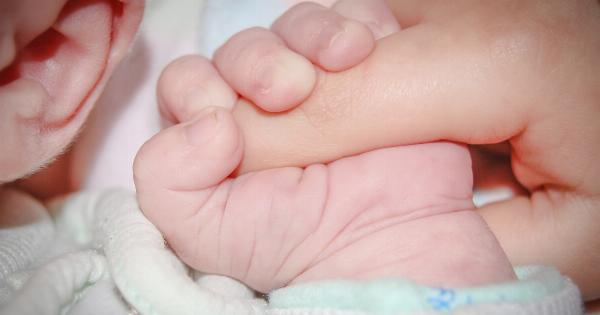In today’s fast-paced and stressful world, it is crucial to prioritize relief care and quality of life improvement resources.
Whether you are seeking ways to manage chronic pain, cope with mental health issues, or simply enhance your overall well-being, finding effective relief care strategies can greatly benefit your quality of life. In this article, we will explore various relieving techniques and resources that can help improve your physical and emotional well-being.
1. Exercise and Physical Activity
Regular exercise and physical activity are essential for maintaining overall health and relieving stress.
Engaging in activities such as running, swimming, yoga, or even a brisk walk can release endorphins, which are natural painkillers and mood boosters. Additionally, exercise promotes better sleep, increases energy levels, and reduces the risk of chronic diseases, thereby improving your quality of life.
2. Meditation and Mindfulness
Meditation and mindfulness practices have gained significant popularity in recent years for their ability to reduce stress, anxiety, and depression.
By focusing your attention on the present moment and letting go of distractions, you can cultivate a sense of peace and calmness. Numerous studies have shown that regular meditation can alleviate chronic pain, improve sleep quality, and enhance overall mental well-being.
3. Massage Therapy
Massage therapy is a proven method for relieving muscle tension, promoting relaxation, and reducing stress.
Whether it’s a Swedish massage, deep tissue massage, or aromatherapy massage, the physical manipulation of soft tissues can release muscle knots and stimulate the release of feel-good hormones like serotonin and dopamine. Regular massage sessions can alleviate chronic pain, enhance flexibility, and improve your overall quality of life.
4. Acupuncture
Acupuncture, an ancient Chinese healing technique, involves the insertion of thin needles into specific points on the body to promote balance and relieve pain.
This holistic approach is widely used to manage chronic pain conditions such as back pain, migraines, arthritis, and fibromyalgia. Additionally, acupuncture stimulates the release of endorphins, enhances blood circulation, and improves the body’s natural healing response.
5. Cognitive Behavioral Therapy (CBT)
Cognitive Behavioral Therapy (CBT) is a highly effective form of psychotherapy that helps individuals identify and change negative patterns of thinking and behavior.
It is commonly used to treat various mental health conditions such as anxiety disorders, depression, and post-traumatic stress disorder. By challenging and reframing negative thoughts, CBT can improve self-esteem, reduce symptoms of anxiety, and enhance overall quality of life.
6. Herbal Remedies and Supplements
Natural remedies and herbal supplements are increasingly being recognized for their potential to provide relief in various health conditions. From herbal teas to supplements like turmeric, ginger, and St.
John’s Wort, these natural alternatives can help reduce inflammation, promote relaxation, and improve overall well-being. However, it is important to consult with a healthcare professional or herbalist before incorporating any new supplements into your routine.
7. Support Groups
Support groups provide valuable resources for individuals facing similar challenges, whether it’s dealing with a chronic illness, grief, addiction, or mental health concerns.
Being part of a community that understands your struggles can offer emotional support, validation, and practical advice. Support groups can be found both in-person and online, making it easier for individuals to connect and share experiences.
8. Aromatherapy
Aromatherapy is a holistic healing practice that utilizes essential oils to promote physical and psychological well-being. By inhaling or applying essential oils topically, you can experience various therapeutic benefits.
For example, lavender oil is known for its calming properties, while peppermint oil can help alleviate headaches. Aromatherapy can be incorporated into your daily routine through diffusers, massage oils, or scented candles.
9. Art and Music Therapy
Art and music therapy offer creative outlets for self-expression and emotional healing. Engaging in artistic activities such as painting, drawing, or playing a musical instrument can reduce stress, improve mood, and enhance cognitive function.
These therapies have been particularly effective in individuals with mental health conditions, developmental disabilities, and chronic pain.
10. Healthy Lifestyle Choices
Lastly, adopting a healthy lifestyle can significantly contribute to relief care and overall quality of life improvement.
This includes getting enough sleep, maintaining a balanced diet, practicing good hygiene, and avoiding harmful habits such as smoking and excessive alcohol consumption. Making conscious choices to prioritize self-care and overall well-being can yield long-lasting benefits.
Conclusion
Relief care and quality of life improvement resources are vital for combating the challenges of modern life.
Whether you choose to incorporate exercise, meditation, massage therapy, or any combination of the strategies mentioned above, it is important to find a relief care approach that works best for you. By prioritizing your overall well-being and seeking out the resources that resonate with your needs, you can effectively manage stress, improve your physical and emotional health, and enhance your quality of life.






























